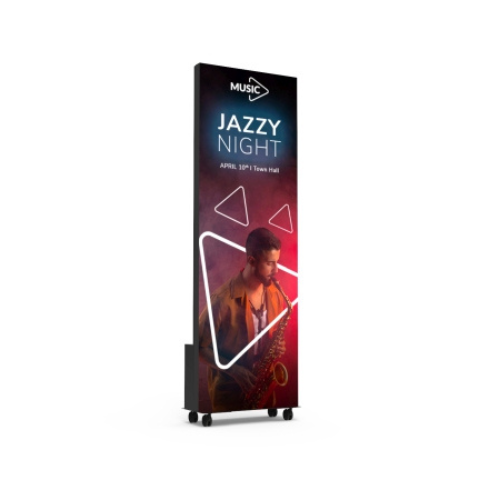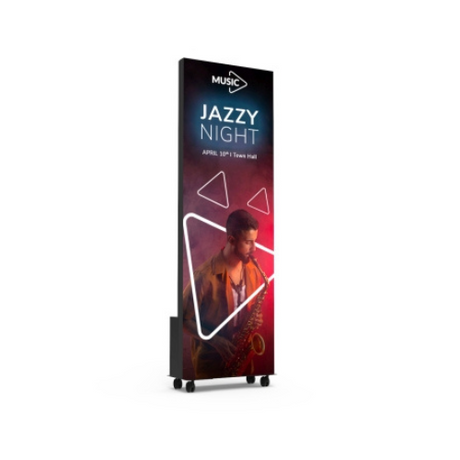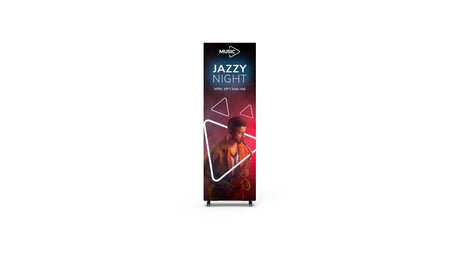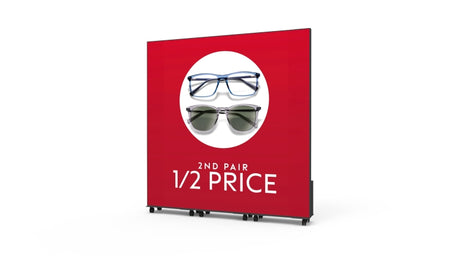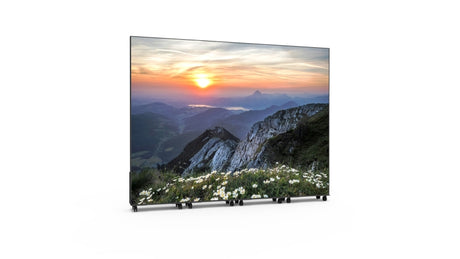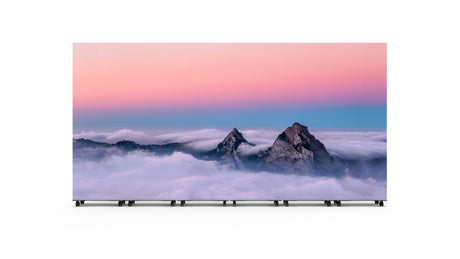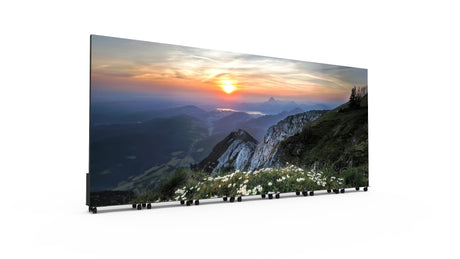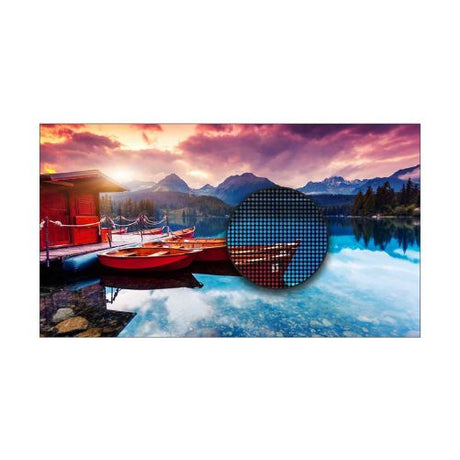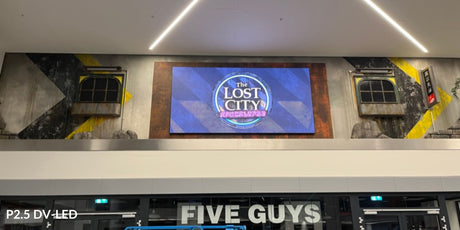Indoor DV-LED Freestanding Totems
From £4,656.50 GBPUnit price /Unavailable- From £8,500.00 GBPUnit price /Unavailable


What is a Direct View LED Display?
Light-emitting diodes (LEDs) can be found in torches, lamps and the backlight of most LCD screens; essentially they are tiny light bulbs. Direct View LED (DV-LED) solutions comprise of individual LEDs that light up with different colours to create an image; so think of each LED as a pixel. Our ranges of Direct View LED solutions use surface mounted device (SMD) technology, combining red, green and blue micro LEDs so each pixel can create a full range of colours. Direct View LED displays have a modular design so they can be made to fit any space. Content is sent, usually from a media player, to a sending box which then distributes the image to each module and in turn each LED.

How does a Direct View LED Display Work?
A Direct View LED solution is made up of several components. The first of which is the media player, which sends the content via HDMI to the sending box. The sending box processes this video signal and sends it to the receiving card of the first LED cabinet. Each cabinet, which is comprised of separate LED modules, is then daisy chained to one another using a CAT5 cable to carry this signal.

Pixel Pitch
One factor to consider when planning your DV-LED project is viewing distance and how pixel pitch plays a part in this. Pixel pitch refers to the distance between each LED/pixel, so in a P1.8 DV-LED Video Wall there would be 1.8mm between each pixel, both horizontally and vertically.
This is why typically indoor DV-LED solutions have lower pixel pitches when compared to outdoor DV-LED solutions as you would expect outdoor displays to be viewed from a further distance. When deciding which pixel pitch is right for you, a general rule of thumb is the number after the “P” dictates the optimum viewing distance in meters. For example, the optimum viewing distance for a P2.5 DV-LED display is 2.5 meters or more.

Content Management
All Digital Signage solutions require a commercial display, a media player and a content management system; this theory is no different with a Direct View LED display. Just like with our LCD based Digital Signage solutions, we can provide an all-in-one Direct View LED solution. By sourcing all of the necessary components from one supplier you can eliminate problems that arise when supporting and maintaining a solution from separate manufacturers and software suppliers. Our software is more streamlined and user-friendly, as we are not competing with traditional Digital Signage software companies who add an abundance of generally redundant features.


